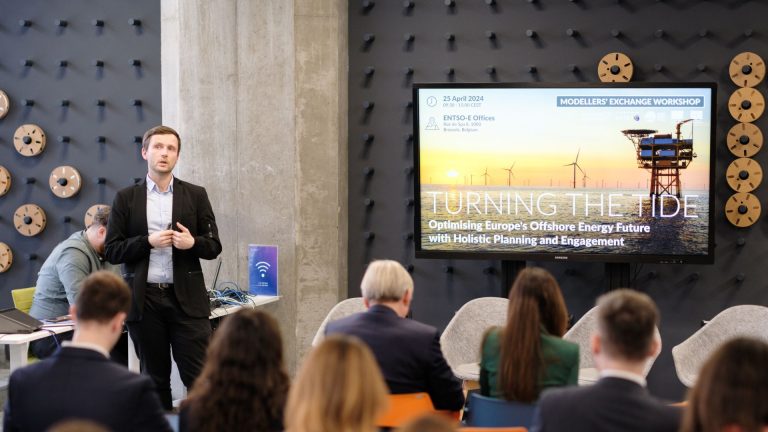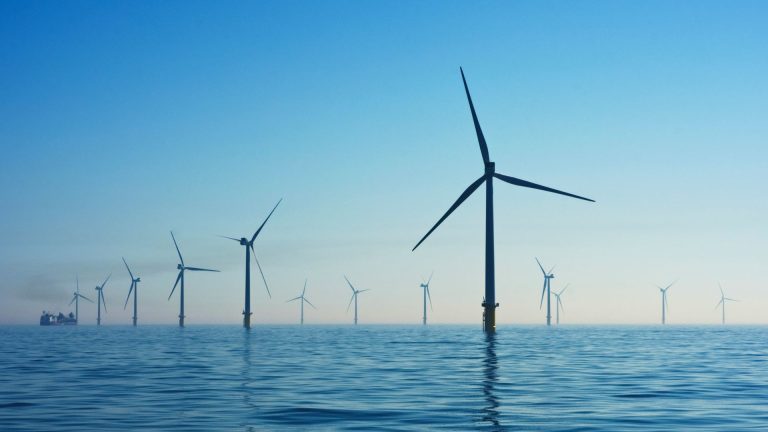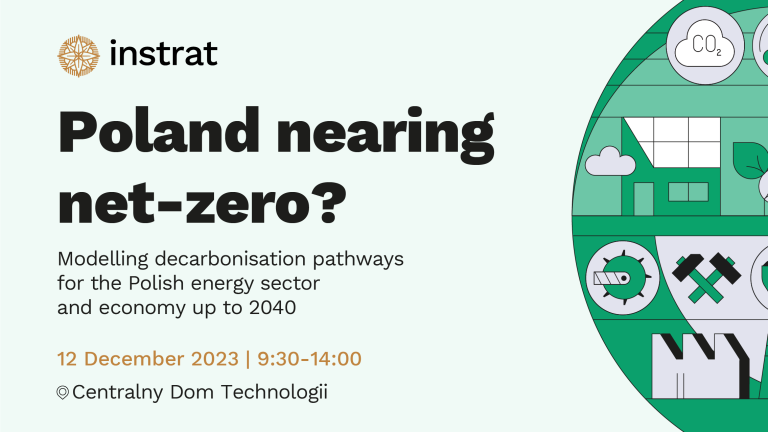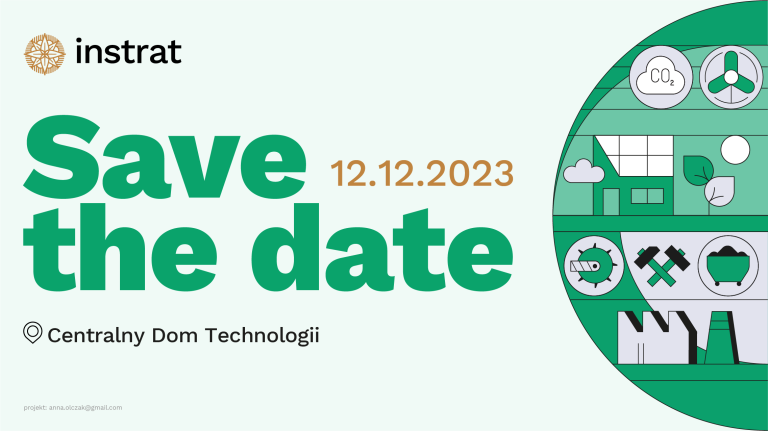The Ministry of Energy (ME) released last week the revised and extended draft of the Energy Policy of Poland until 2040 (PEP2040). In the previous consultation round we suggested that proposed transition scenarios are not ambitious and lack extensive documentation behind the modelling part of the project, the consultation process itself (only 3 weeks) leaves much to be desired. Hence, we present our first round of comments and publish the Excel worksheet with the most important numbers from the project, so that the whole analyst community (CC BY-SA 4.0) can take a deeper look into the file as well.
Available in Polish and English.
Click “File – Download” or “File – Make a copy”
It is still unclear which part of the PEP2040 was prepared internally by the ME or by external subcontractors (e.g. Energy Market Agency, ARE). We lack basic information on the modelling and tools used to develop the presented scenarios – presumably not only PRIMES, but other commercial black box models of the European Commission were applied. The current trend on the European level, strongly emphasized now by the EC and DG Ener, is the use and development of non-commercial open access and open source models, e.g. MEDEAS or other H2020 projects presented recently at the conference Energy Modelling Platform for Europe (Brussels, 8-9.10.2019). Whereas other coal intensive countries develop shared, transparent transition scenarios, Poland publishes poor documented and not ambitious documents such as PEP2040 or NECP. This suggests that for Poland long-term strategies are not an important tool in drafting long-term strategies and directly weakens its bargaining position in funds allocations from new sources such as EU ETS Modernization Fund.
Many of the assumptions used in the model seem to be outdated. According to our analysis, the assumed CO2 price in the ETS system of around 25 EUR/t (current price) will be reflected in the PEP2040 model around 2028.
Changes are necessary. We suggest the following:
- PEP2040 consultation round should be extended above the 3 weeks and be done in a transparent manner with all entities interested in it, not only those invited.
- The successor of the ME – Energy and Environment Ministry under Michał Kurtyka, COP24 President – should publish all the input and output data in an Excel format. EU Reference Scenario 2016 is a good benchmark for that.
- Final PEP2040 and NECP should be drafted in a more transparent way. External consultants to the Ministries should be commenced in open public tenders and under negotiation contracts scheme as before. Modelling should be based on open access and published data (we wrote about it here) and open source modelling tools. The final consultation round for both documents needs to be longer and organized in a more inclusive manner than so far.
This is just an introduction to our PEP2040 analysis – in the next steps, we will take a look at the energy mix and policy tools. The consultation terminates on 29th November 2019 (Friday) – if you want to contribute to our comments on data and model transparency, drop us a line – modelling [at] instrat [kropka] pl
If you support our call, we invite you to use the hashtag #FreeTheModels in social media.





